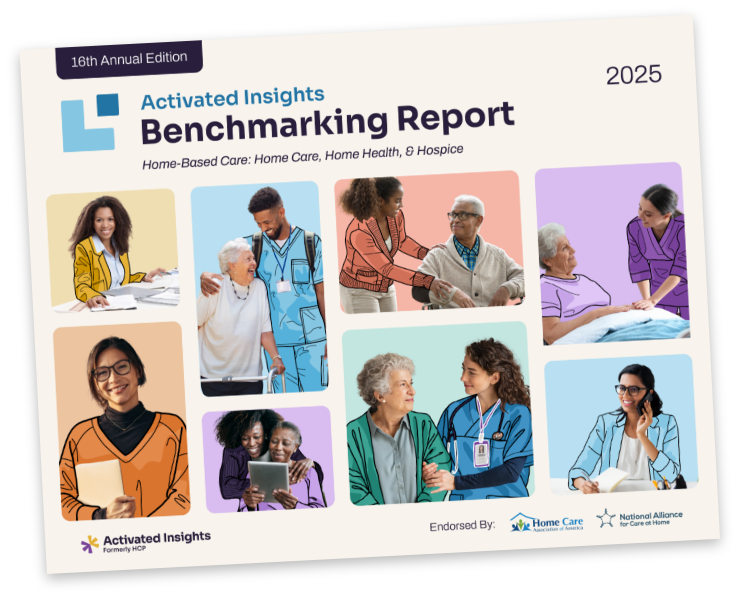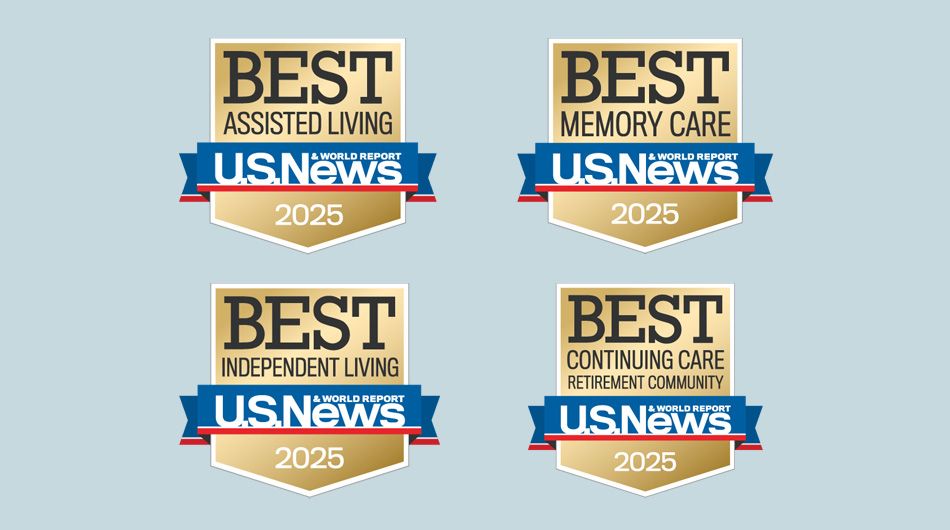This guest article was contributed by Jensen Jones, COO & Facilitator at Caregiver Quality Assurance, and Jill Scott, Manager of Member Services at Leading Home Care as part of the 2022 Activated Insights Benchmarking Report.
Do you track 90-day retention? If so, what was your 90-day retention rate in 2021? 2020? If you’ve improved your 90-day retention rate, has your overall retention rate gone up as well?
At Caregiver Quality Assurance and Leading Home Care, we’ve had a number of discussions focusing on 90-day retention – whether companies track it, how they can improve it, who is involved in the process, etc. The trend we’ve seen is that the better your 90-day retention, the better your overall retention rates can be.
Measuring 90-Day Retention
If you’re not already tracking 90-day retention, this is your sign to start. All it takes is pulling some numbers from your applicant tracking system and/or your payroll software and doing some simple math. You may also be able to do some creative report-making and have your software do the math for you!
Here’s how to calculate 90-day retention:
We recommend doing this every month so you can see the trends within your company over time. If you track 30-day, 90-day, 180-day, and annual retention, you’ll get a pretty good picture of what is happening with overall retention in your business. This allows you to set specific goals, strategize around those goals, and build in some accountability with your team in achieving those targets.
Creating a 90-Day Retention Plan
It all starts with intention and a plan! Creating meaningful check-in points can be a powerful tool in increasing retention. Employees want to feel like they matter, are seen, and are a part of something bigger than themselves. When creating your check-in points, make sure to ask yourself:
At Caregiver Quality Assurance, we’ve created sample 90-day retention plans to provide companies a starting point for creating their own plan. The sample plan lays out the meaningful tasks and “touches” that your company should be making at certain intervals over the course of 90 days. It is also a good way to delegate staff engagement in the process, creating accountability and consistency in caregiver engagement. There are four elements we recommend for a 90-day retention plan: scheduled touches, hours wanted vs. hours worked, paycheck balance, and caregiver engagement.
Here are some examples of what a plan may look like:
| Timeline | Tasks & Touchpoints |
|---|---|
| Day One |
|
| Day Three |
|
| Day Five |
|
| Week Two |
|
| First Pay Period |
|
| Week Three |
|
| Week Four |
|
| Week Thirteen |
|
Tracking 90-Day Retention
Hopefully you’re already tracking your 90-day retention. If you aren’t, or if your system isn’t working efficiently, you can make a simple spreadsheet (or create a custom report that will export this data for you):
Evaluating and Adjusting Your 90-Day Retention Plan
We’ve heard Stephen Tweed repeatedly say “What gets measured, gets managed. What gets rewarded, gets repeated.” This is a great example of where this mantra works.
Once you’ve given your 90-day plan a chance to work (6 months or so), you’ll want to take a look at your 90-day retention number and compare it to when you initially designed and implemented your plan. Take some time with your team to evaluate the data. Did your retention improve? Did it stay the same? Did it get worse?
After you’ve evaluated, determine where you can make changes to your plan. Should you add touches, remove touches, or change methods of contact? Ask yourself these questions again:
Our hope is that tracking and creating a 90-day retention plan and tweaking it based on hard data will improve your overall retention rate. We know there is no silver bullet for solving the caregiver crisis. We also believe you don’t have to change your goal or target, but you may have to change your actions in order to hit those goals.
Building out a 90-day retention plan supports your company’s efforts to provide consistent care to your clients. See what changes it creates in the company culture, engagement, and bottom line of your business.
Why You Should Care About Improving 90-Day Retention
Companies throughout our Home Care CEO Mastermind Groups who are focused on improving 90-day retention are seeing measurable improvements in company growth. The benefits of focus on improving 90-day retention include:
To learn more about how to grow your business and get ready for the future, consider joining a Home Care Mastermind Group with the Home Care CEO Forum by visiting https://leadinghomecare.com/
Next steps:
Related Posts












